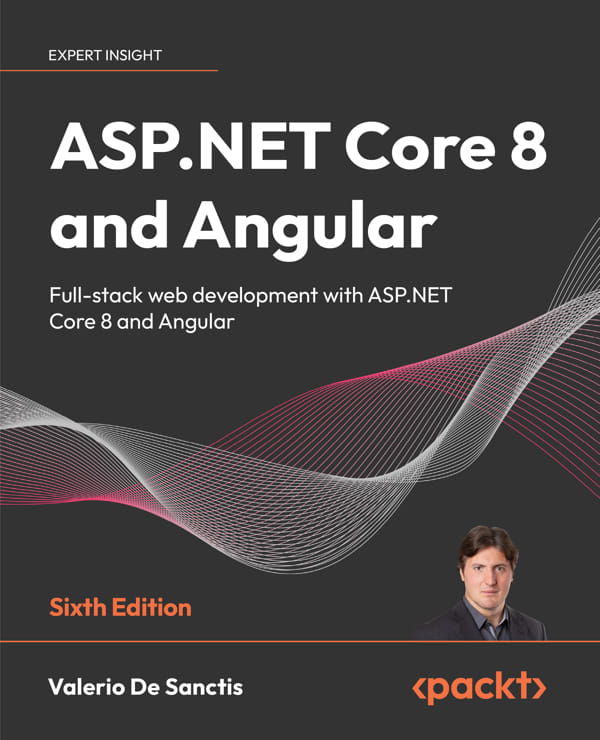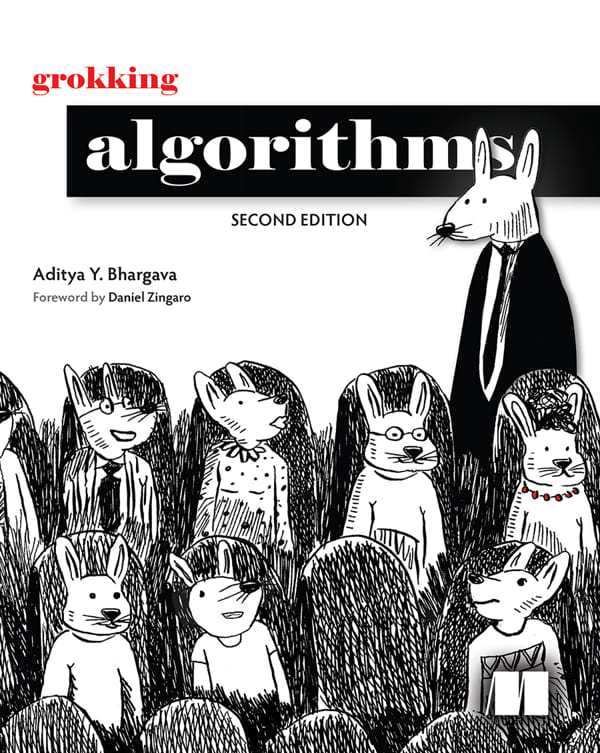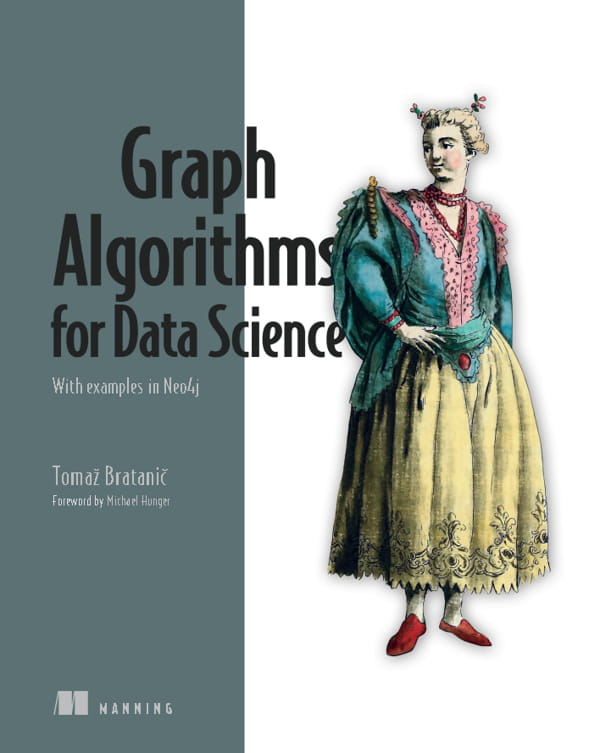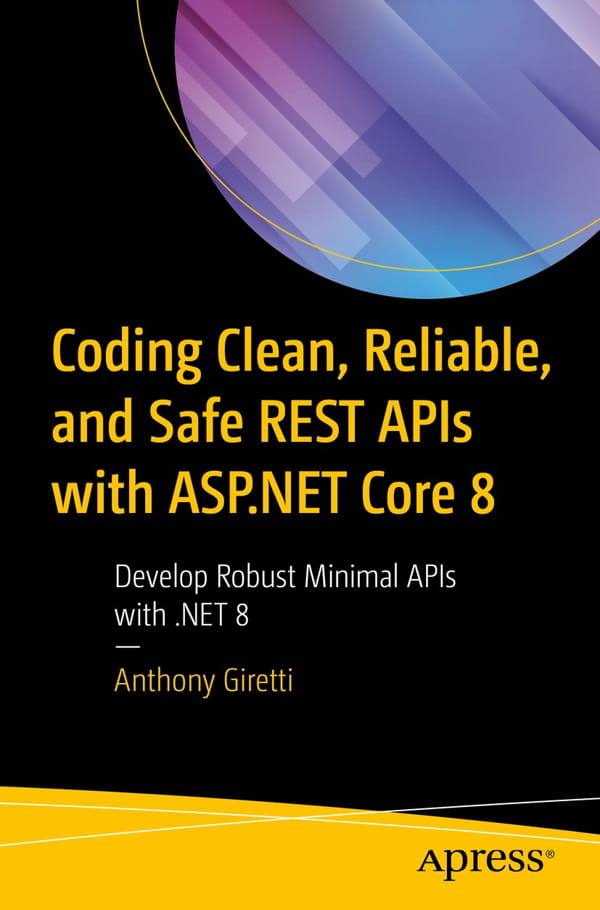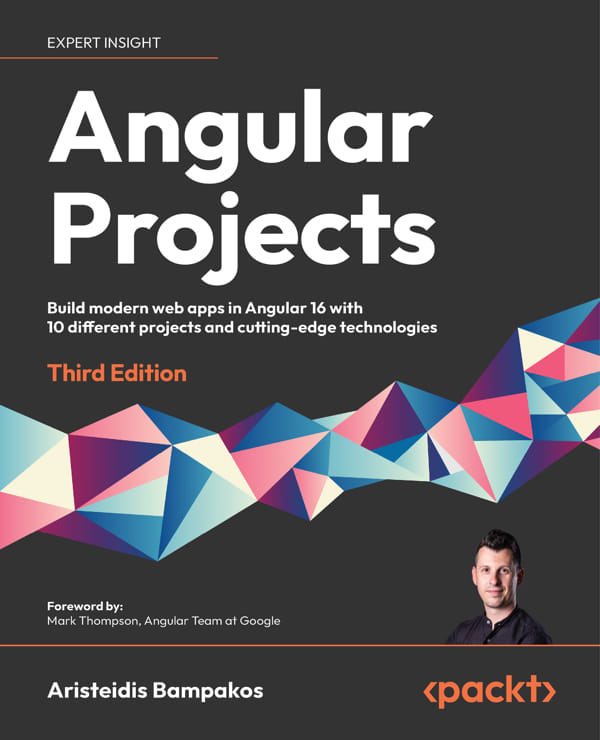Java How To Program (late objects), 10th Edition
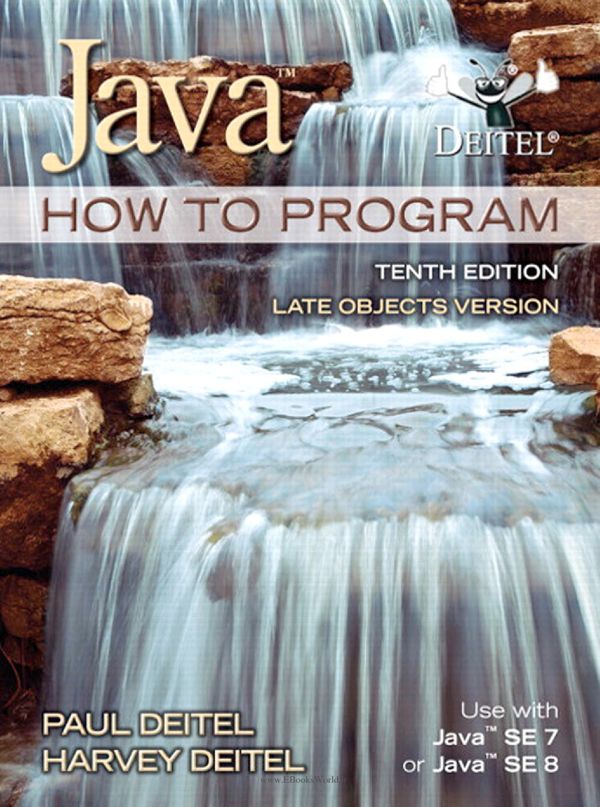
من حتی قبل از انتشار نسخهی 1.0 جاوا در سال 1995، شیفتهی آن بودم و در نتیجه توسعه دهنده جاوا، نویسنده، سخنران، استاد و سفیر تکنولوژی Oracle Java شدم. در این سفر، افتخار میکنم که Paul Deitel را همکار خود صدا بزنم و اغلب کتاب Java How To Program او را به دیگران توصیه کنم. در نسخههای متعدد آن، این کتاب ثابت کرده است که یک منبع فوق العاده برای دورههای دانشگاه و حرفه ای است که من و دیگران برای آموزش زبان برنامه نویسی جاوا ترغیب شده ایم.
پوشش کامل و ارائه درست و کامل آن از مفاهیم جاوا از جمله آن هایی که اخیرا در Java SE 8 معرفی شده اند، یکی از ویژگی هایی هست که این کتاب را به یک منبع عالی تبدیل کرده است. نظم مفاهیم و تمریناتی که برای توسعهی نرم افزار کار آمد ضروری است، ویژگی مفید دیگر آن است. از جمله ویژگیهای جدید ویرایش دهم این کتاب به میتوان به موارد زیر اشاره کرد:
فصل کامل جدیدی در مورد Lambda Expressions و Streams جاوا ارائه شده است. در این فصل که با تمرکز بر برنامه نویسی تابعی شروع میشود، عبارات لامبدا جاوا معرفی شده اند و چگونگی استفاده از استریمها برای انجام کارهای برنامه نویسی تابعی بر روی مجموعهها نشان داده شده است.
اگر چه همزمانی از همان نسخهی اول این کتاب مورد بررسی قرار گرفته بوده است، اهمیت آن به خاطر معماری چند هسته ای دو چندان شده است. در فصل همزمانی، مثال هایی از زمان بندی آورده شده است که با استفاده از کلاسهای API جدید Date/Time معرفی شده در Java SE 8، افزایش کارایی چند هسته ای را را بر تک هسته ای نشان میدهد.
JavaFX تکنولوژی رابط کاربری گرافیکی، گرافیک و چند رسانه ای جدید جاوا است، پس خیلی خوبه که سه فصل مختص JavaFX به سبک آموزشی اختصاصی Deitel live-code در این کتاب وجود دارد.
چندین رویکرد برای تدریس دروس اول برنامه نویسی جاوا وجود دارد. دو تا از محبوبترین آنها رویکرد late objects و early objects هست. برای پاسخ گویی به این نیازهای متنوع، ما دو نسخه از این کتاب را منتشر کردیم.
تفاوت اصلی بین دو کتاب Java How to Program Late Objects و Java How to Program Early Objects، ترتیب ارائه مطالب در فصلهای 1 تا 7 است. محتوای هر دو کتاب نیز از فصلهای 8 تا 31 مثل هم هستند.
Java How to Program (Late Objects), Tenth Edition is intended for use in the Java programming course. It also serves as a useful reference and self-study tutorial to Java programming.
The Deitels’ groundbreaking How to Program series offers unparalleled breadth and depth of object-oriented programming concepts and intermediate-level topics for further study. Java How to Program (Late Objects), Tenth Edition, teaches programming by presenting the concepts in the context of full working programs.
The Late Objects Version delays coverage of class development, first presenting control structures, methods and arrays material in a non-object-oriented, procedural programming context.
Teaching and Learning Experience
This program presents a better teaching and learning experience—for you and your students.
Teach Programming with the Deitels’ Signature Live Code Approach: Java language features are introduced with thousands of lines of code in hundreds of complete working programs.
Use a Late Objects Approach: The Late Objects Version begins with a rich treatment of procedural programming, including two full chapters on control statements and 200+ exercises.
Keep Your Course Current: This edition can be used with Java SE 7 or Java SE 8, and is up-to-date with the latest technologies and advancements.
Facilitate Learning with Outstanding Applied Pedagogy: Making a Difference exercise sets, projects, and hundreds of valuable programming tips help students apply concepts.
Support Instructors and Students: Student and instructor resources are available to expand on the topics presented in the text.
Table of Contents
Chapter 1 Introduction to Computers, the Internet and Java
Chapter 2 Introduction to Java Applications; Input/Output and Operators
Chapter 3 Control Statements: Part 1; Assignment, ++ and -- Operators
Chapter 4 Control Statements: Part 2; Logical Operators
Chapter 5 Methods
Chapter 6 Arrays and ArrayLists
Chapter 7 Introduction to Classes and Objects
Chapter 8 Classes and Objects: A Deeper Look
Chapter 9 Object-Oriented Programming: Inheritance
Chapter 10 Object-Oriented Programming: Polymorphism and Interfaces
Chapter 11 Exception Handling: A Deeper Look
Chapter 12 GUI Components: Part 1
Chapter 13 Graphics and Java 2D
Chapter 14 Strings, Characters and Regular Expressions
Chapter 15 Files, Streams and Object Serialization
Chapter 16 Generic Collections
Chapter 17 Java SE 8 Lambdas and Streams
Chapter 18 Recursion
Chapter 19 Searching, Sorting and Big O
Chapter 20 Generic Classes and Methods
Chapter 21 Custom Generic Data Structures
Chapter 22 GUI Components: Part 2
Chapter 23 Concurrency
Chapter 24 Accessing Databases with JDBC
Chapter 25 JavaFX GUI: Part 1
Chapter Chapters on the Web
Appendix A: Operator Precedence Chart
Appendix B: ASCII Character Set
Appendix C: Keywords and ReservedWords
Appendix D: Primitive Types
Appendix E: Using the Debugger
 می پسندم
می پسندم
 به درد نمی خوره
به درد نمی خوره





